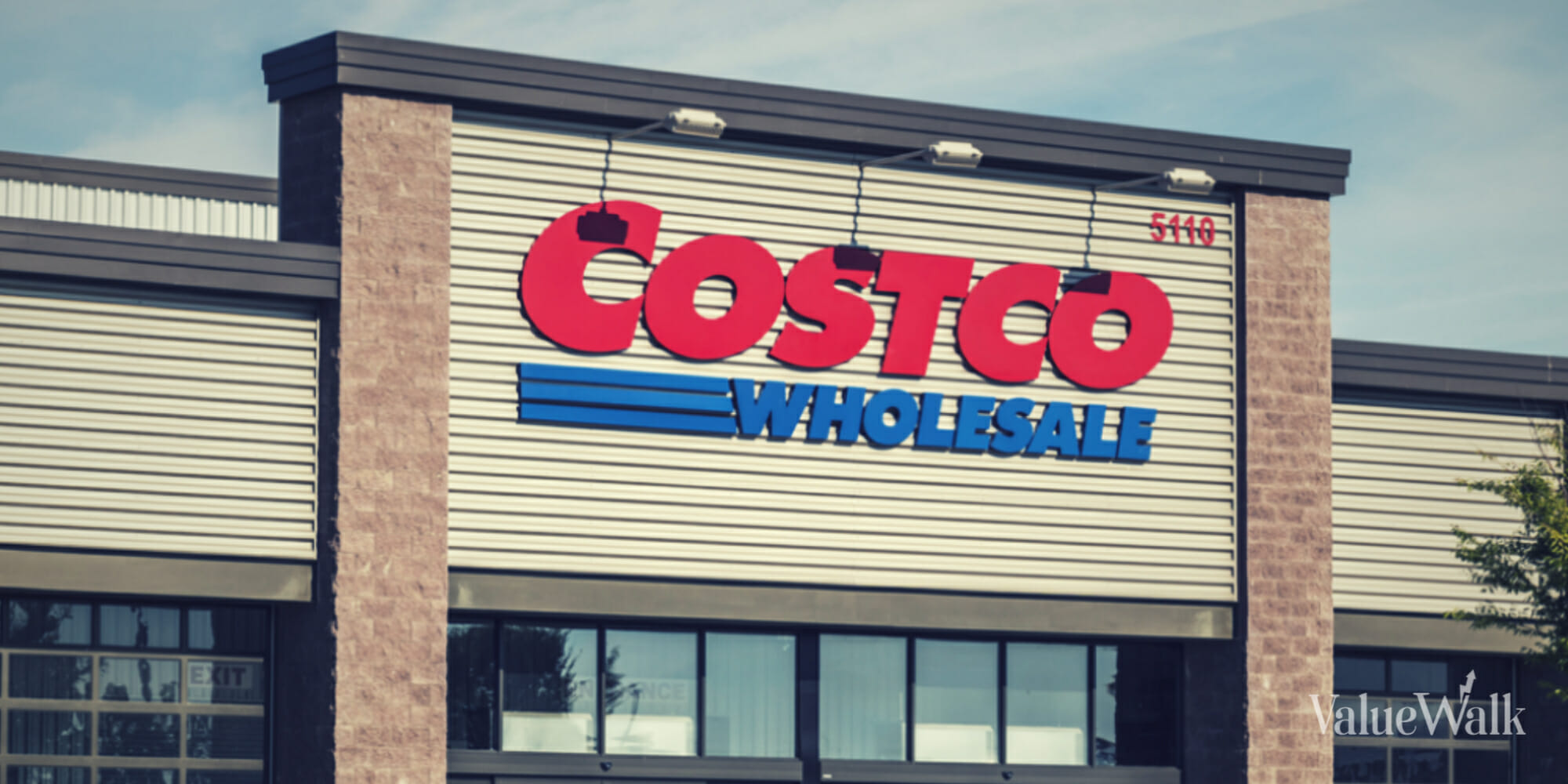In the Q2 of its fiscal year, Costco Wholesale Corporation (NASDAQ:COST) revealed results that attracted the interest of investors and the retail sector as a whole. The business recorded revenues of $58.44 billion, falling short of $59.16 billion as predicted and missing revenue targets. However, with an EPS of $3.92, above the predicted $3.62, it beat profit estimates. This contrast underlines the importance of delving into key metrics to grasp Costco’s current standing and future prospects for growth. Understanding these results is essential for assessing the company’s resilience and strategic direction in the face of a difficult retail environment.
Q2 Earnings Breakdown: Unpacking Costco’s Financial Performance
Costco Wholesale Corporation released Q2 profits for the fiscal year 2024, and the company’s results are worth a thorough examination. Slightly less than the projected $59.16 billion, the company’s sales came in at $58.44 billion. This little loss, though, was eclipsed by Costco’s impressive year-over-year increase, which demonstrated the retailer’s adaptability in the face of shifting economic conditions. This complicated financial performance raises questions about Costco’s future course while also illuminating its current situation. It’s encouraging to see Costco’s profits per share (EPS) jump significantly from $3.30 to $3.92, beyond estimates and demonstrating the company’s increasing profitability.
An in-depth analysis of Costco’s financials uncovers a 5.6% increase in comparable sales, with an adjusted growth of 5.8% once factors like gas prices and foreign exchange are accounted for. This surge in comparable sales reflects the strength of Costco’s foundational business operations and its robust position in a competitive retail domain. Noteworthy is the growth across several product segments, with food and sundries seeing mid-single-digit increases, fresh foods climbing to high single digits, and non-food items along with ancillary services such as travel registering appreciable growth.
Strategic initiatives by Costco have significantly influenced a rise in store visits and an uptick in spending per transaction. Among these initiatives, price adjustments in light of a stable inflation period were particularly impactful, allowing the retailer to lower the costs of specific items, thereby offering greater value to its customers. Additionally, Costco’s e-commerce sector reported a remarkable 18.4% growth in sales, underscoring the effectiveness of its digital improvements and enriched online customer experience. Key digital advancements, such as launching a quicker mobile app and integrating Apple Pay, were designed to meet the evolving preferences of a digitally inclined customer base. These endeavors highlight Costco’s dedication to leading innovation in retail, ensuring it remains competitive in an ever-changing market environment.
Costco’s Strategic Outlook and Market Reactions
Despite having hit a 52-week high earlier in the day, the market reacted negatively to Costco’s fiscal Q2 results announcement, sending the stock price down 4% in after-hours trade. This decline happened against the backdrop of the stock’s remarkable nearly 19% rise from the year’s beginning, which represented a time of high investor confidence and steady market performance for Costco.
Looking forward, Costco appears to be at a strategic crossroads, especially concerning the anticipated adjustments to membership fees, as hinted by the CFO. Such adjustments are seen as crucial to Costco’s strategy for maintaining its growth and profitability trajectory. Beyond merely altering prices, this strategy is underpinned by a daring store construction plan and substantial investments in digital capabilities, all aimed at increasing operational effectiveness and boosting consumer experiences.
Different reactions have been seen from analysts and investors in response to the results announcement. Concerns over the company’s inability to reach sales goals have been expressed by some, while others have questioned what this implies for Costco’s chances for future growth in a struggling retail sector. The majority of the conversation is on how Costco will manage its ambitions for growth in a value – and innovation-driven market. This includes enhancing its web presence and deliberately modifying membership pricing structures.
As Costco continues to steer through these intricate market dynamics, the emphasis will be on its adaptability and innovation. The company’s success will likely hinge on its ability to carefully navigate the expansion of its services, make strategic membership fee adjustments, and bolster its digital infrastructure, all while catering to a consumer base demanding high value and engaging shopping experiences.
Conclusion
In conclusion, Costco is going through a critical stage as it tries to find a balance between its aggressive expansion goals and the state of the market. This is demonstrated by the company’s most recent quarterly results. Though revenue projections were not met, Costco’s efforts—from planned changes in membership dues to digital enhancements and physical store expansion—showcase a proactive approach to maintaining long-term competitiveness. In the future, Costco’s ability to navigate the problems facing the retail sector and maintain its position as a leading institution in the sector will depend heavily on its ability to embrace innovation and offer value.





